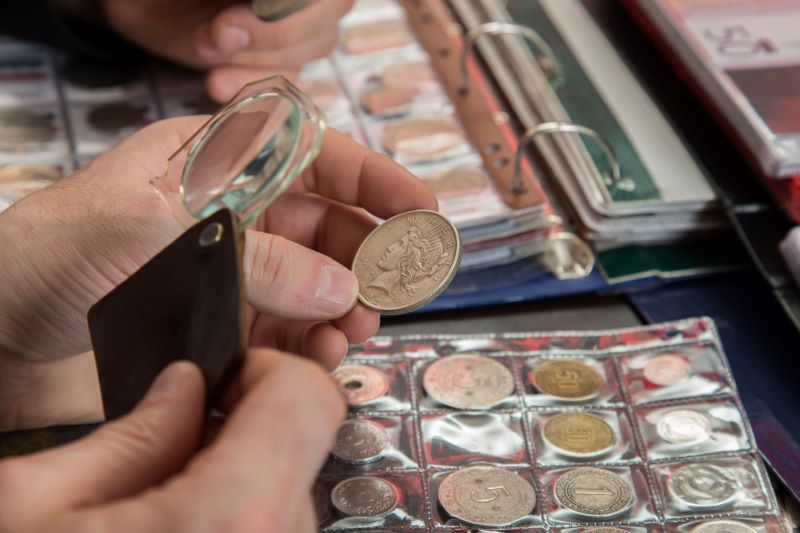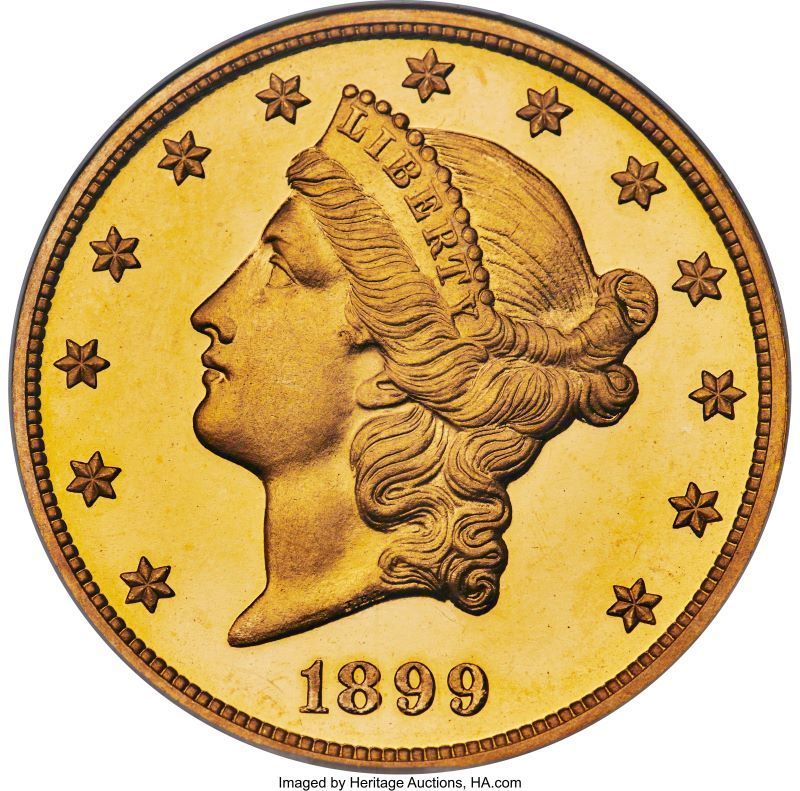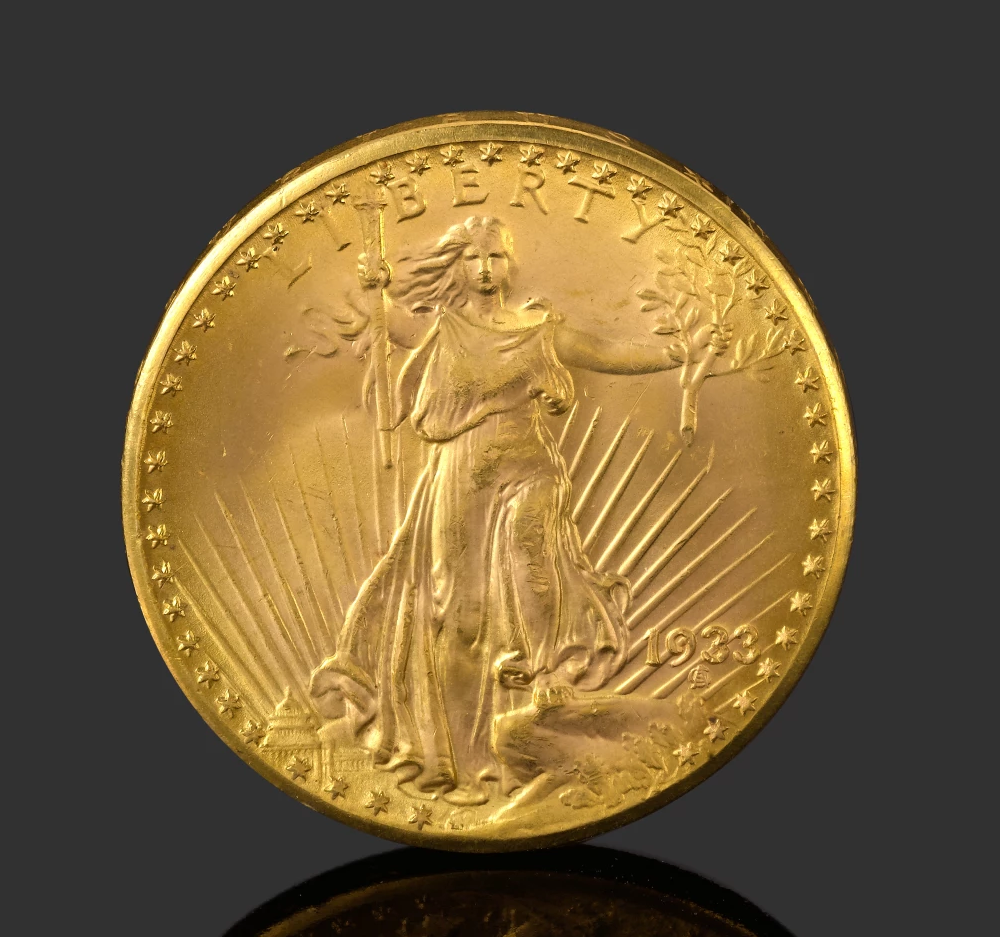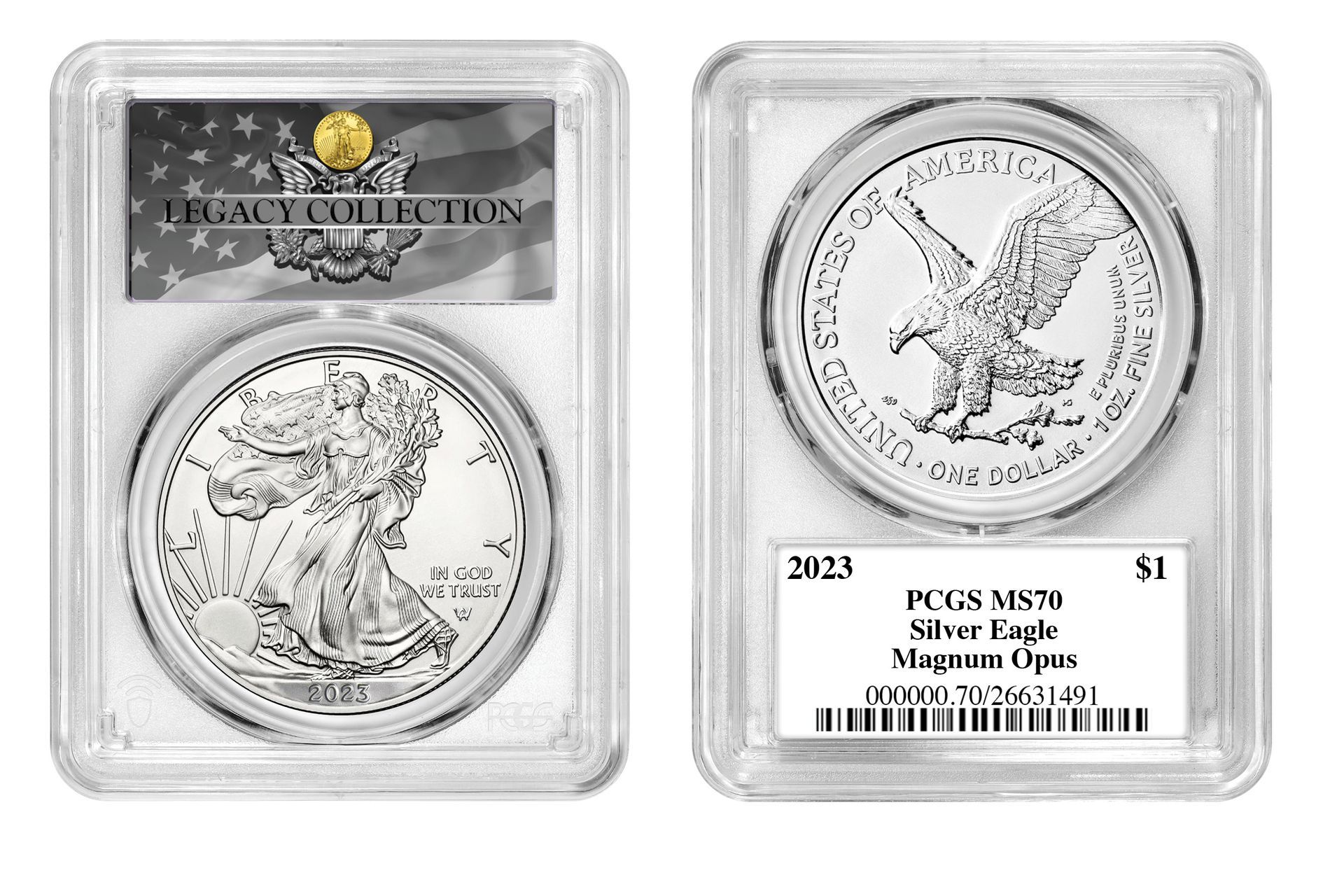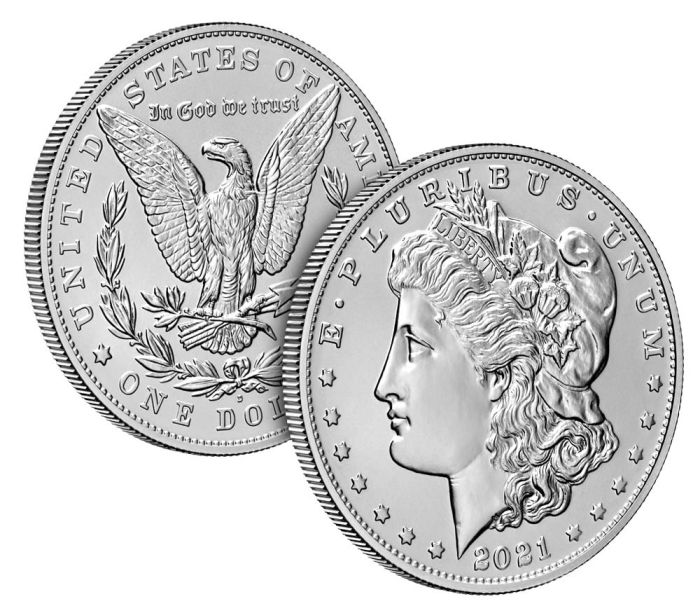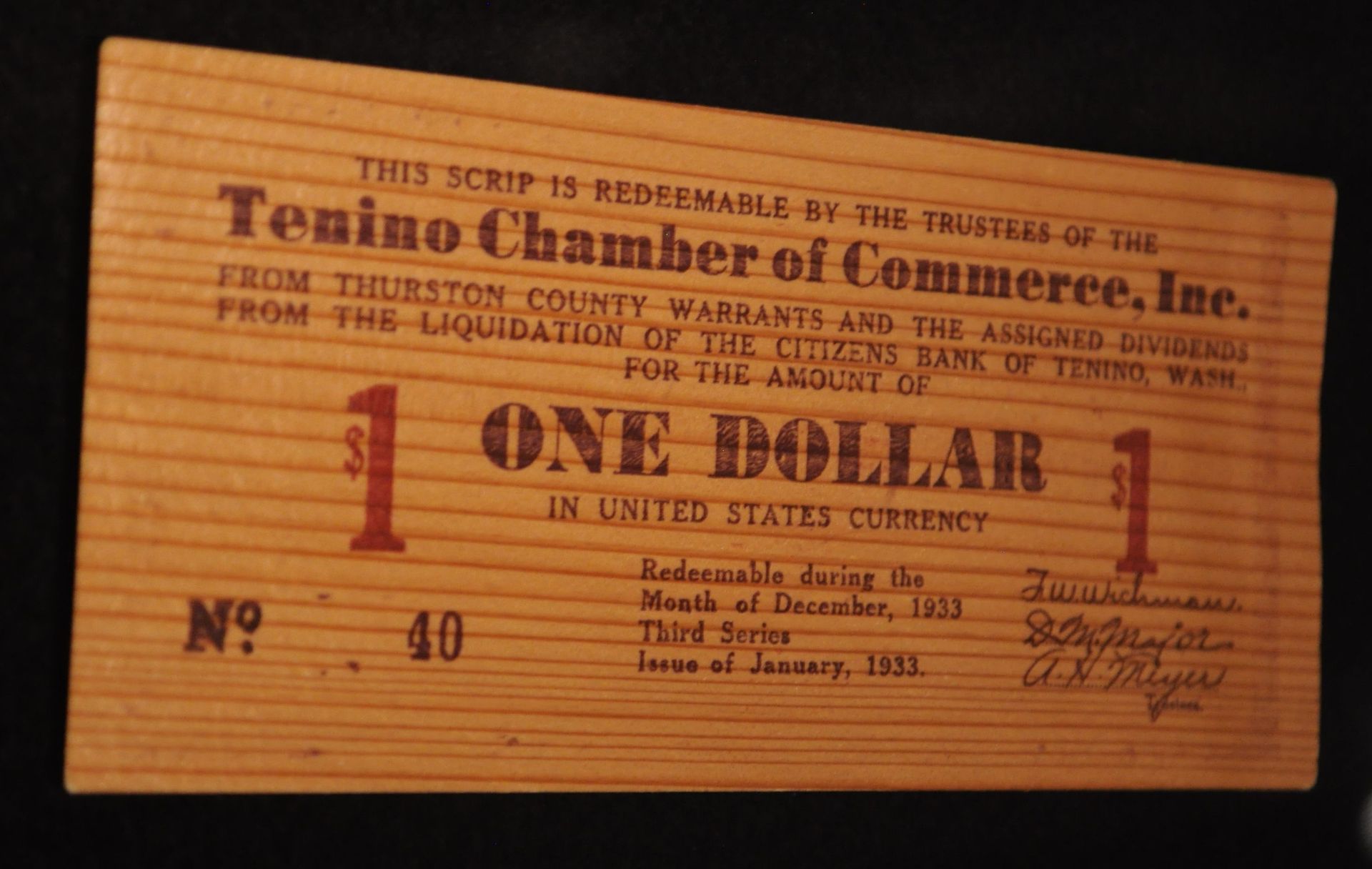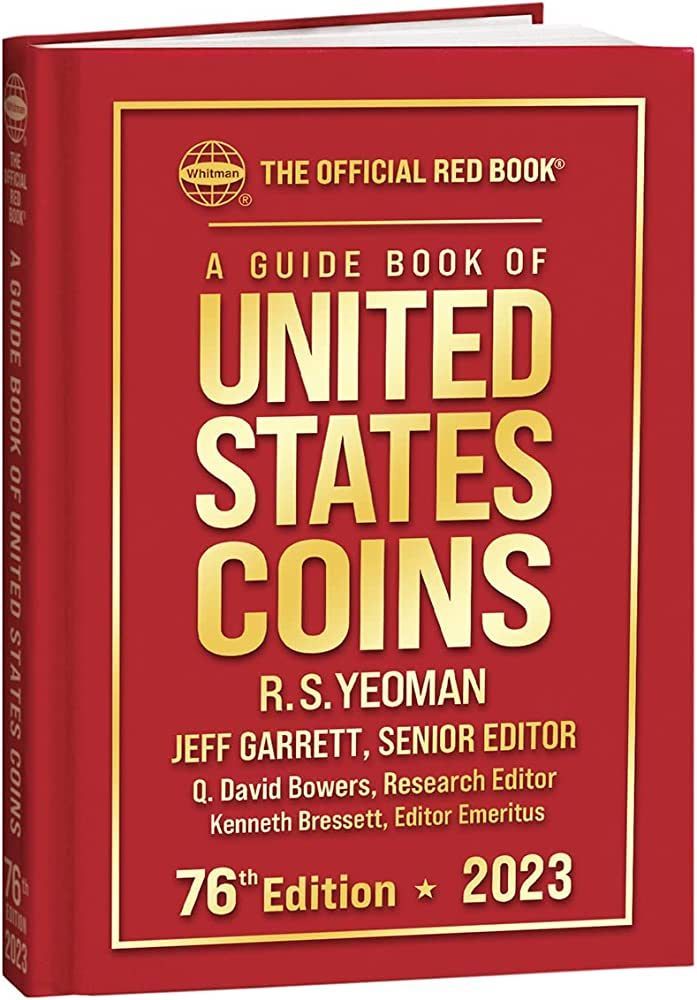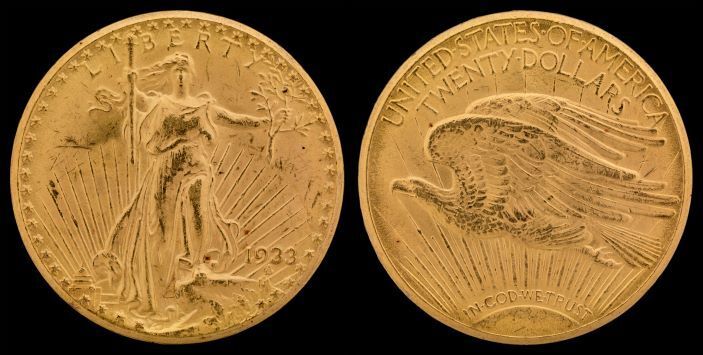
Coins have played a fundamental role in the economy and history of the United States. Over the years, their composition has undergone significant changes, reflecting both technological advancements and economic needs.
This guide delves deep into the fascinating journey of U.S. coins, from precious metals to modern alloys. We'll explore the materials used in creating today's coins, emphasizing the penny, nickel, dime, and quarter. Through this journey, we'll uncover insights that might surprise you and provide a deeper understanding of the seemingly simple coins in your pocket.
The Penny: From Pure Copper to Copper-Plated Zinc
The humble penny, the lowest denomination in U.S. currency, has a rich history of composition changes. Initially minted in 1793, the penny has evolved significantly in its materials.
Early Days: 100% Copper to Bronze
The first pennies were entirely copper, but in 1837, a shift to bronze (95% copper, 5% tin and zinc) occurred. Further changes in 1857 introduced a composition of 88% copper and 12% nickel.
Wartime Adjustments: The Zinc-Coated Steel Penny
During World War II, in 1943, there was a unique deviation: the penny was made of zinc-coated steel. This adjustment was a direct response to the wartime need for copper.
Modern Composition: A Majority of Zinc
Since 1982, the penny we know today is primarily zinc (97.5%), with a thin copper plating (2.5%). This change was largely driven by economic factors, as the cost of copper rose.
The Nickel: Consistency with a Twist
The nickel, despite its name, contains more copper than nickel. Its history is not as tumultuous as the penny's but does include some interesting variations.
From Half Disme to Modern Nickel
Originally minted in 1792 as the half disme and made of pure silver, the nickel underwent a significant change in 1866. Since then, it has maintained a stable composition of 25% nickel and 75% copper.
Silver War Nickels: A Unique Variant
During World War II, from 1942-1945, the composition changed to include 35% silver, 56% copper, and 9% manganese. Post-war, the mint reverted to the traditional composition.
The Dime: Silver's End and the Advent of Cupro-Nickel
The dime, like other U.S. coins, has experienced its share of material changes, particularly with the removal of silver from its composition.
The Silver Era: Draped Bust to Roosevelt
Initially minted in 1796 with a Draped Bust design, the dime was predominantly silver until 1964. The Mercury and pre-1964 Roosevelt dimes are notable examples.
Post-Silver Composition: Cupro-Nickel Dominance
After 1964, the dime shifted to a cupro-nickel alloy, consisting of 91.67% copper and 8.33% nickel. This change marked the end of silver in U.S. dimes.
The Quarter: A Journey from Silver to Copper-Nickel
The quarter, sharing a similar historical trajectory with the dime, transitioned from a silver-based composition to a copper-nickel one.
Early Silver Quarters: Draped Bust and Washington Designs
First minted in 1796, the quarter was made of silver, much like the dime. The Washington quarter, in particular, was 90% silver until 1964.
Modern Quarters: Copper Core and Nickel Exterior
Post-1964, the quarter's composition mirrors the dime's, with a copper core enveloped in a nickel exterior. The edge of the coin reveals its copper core, differentiating it from its silver predecessors.
In conclusion, the evolution of U.S. coin composition is a fascinating tale of economic adaptation and technological progress. From pure copper and silver to complex alloys, these changes reflect broader economic trends and needs. Understanding these transformations provides not just a glimpse into the past but also a greater appreciation for the coins we use every day.
Share With Your Friends
